E-waste, or electronic waste, is one of the fastest-growing waste streams in the world. It encompasses discarded electrical or electronic devices, including everything from old smartphones and laptops to refrigerators and televisions. With the rapid pace of technological advancement, our consumption of electronic devices has skyrocketed, making the proper disposal and recycling of e-waste more critical than ever.
Understanding E-Waste
What Constitutes E-Waste?
E-waste includes any discarded electronic or electrical device. This can range from small personal gadgets like mobile phones and tablets to larger appliances like washing machines and air conditioners. Essentially, if it has a plug, battery, or electrical cord and is no longer wanted or needed, it is considered e-waste.
What Is E-Waste? Solve This For Better Future
Common Types of E-Waste

Consumer Electronics
These include items like smartphones, laptops, tablets, and digital cameras. They are widely used in daily life but quickly become obsolete due to rapid technological advancements, contributing significantly to e-waste.
Household Appliances
Refrigerators, microwaves, and washing machines fall into this category. As essential components of modern households, their disposal poses a challenge due to their size and the hazardous materials they may contain.
Office Equipment
Printers, copiers, and fax machines are common in workplaces. They frequently need replacing or upgrading, adding to the growing pile of e-waste.
Entertainment Devices
This group comprises televisions, gaming consoles, and audio systems. The fast pace of innovation in entertainment technology means these devices often end up as e-waste within a few years of purchase.
The Environmental Impact of E-Waste
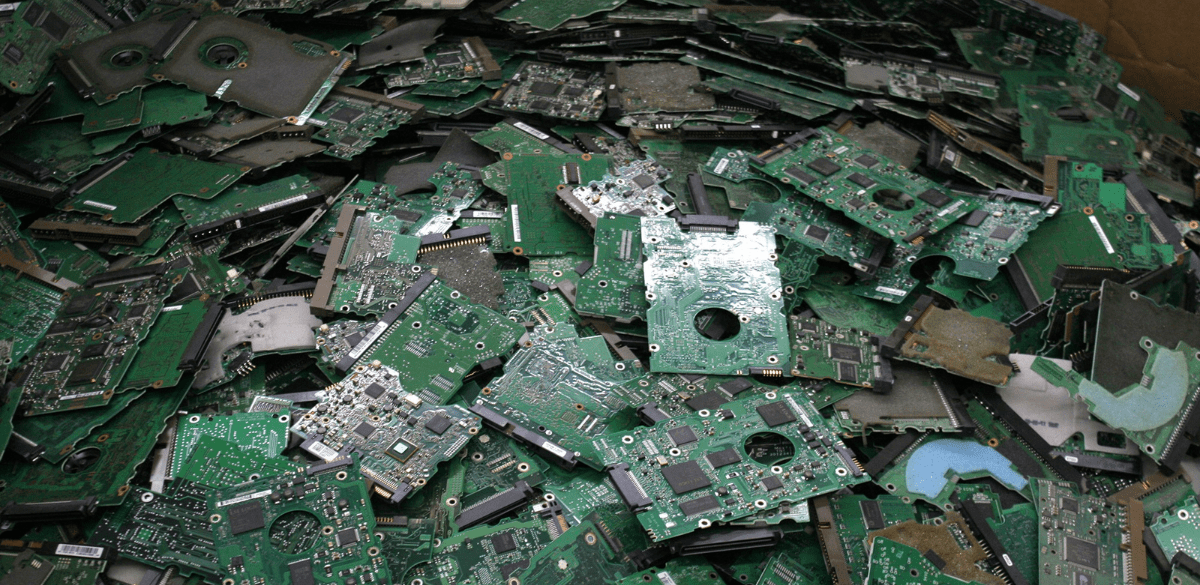
Toxic Components in E-Waste
E-waste contains numerous hazardous materials such as lead, mercury, cadmium, and brominated flame retardants. When improperly disposed of, these toxic substances can leach into the environment, posing significant health risks to humans and wildlife.
Effects on Soil, Water, and Air
E-waste is a growing threat to our planet! improper disposal of electronics has serious consequences. Let's recycle and reduce e-waste to protect our environment. 🌱♻️ #WorldEnvironmentDay #Ewaste #Recycle #Sustainability pic.twitter.com/uoPVLbfO03
— Best Thing Buy (@BestThingBuy) June 5, 2024
Soil Contamination
Hazardous chemicals from electronic waste (e-waste) can leach into the soil, leading to dangerous effects on plant life. These chemicals, which include heavy metals and toxic substances, can be absorbed by plants, entering the food chain and posing health risks to humans and animals who consume these plants. The contamination can persist in the soil for many years, affecting agricultural productivity and ecosystem health.
Water Pollution
When e-waste is improperly disposed of, toxins can infiltrate groundwater, rivers, and lakes. These pollutants, such as lead, mercury, and cadmium, pose serious risks to aquatic ecosystems, harming fish and other wildlife. Moreover, contaminated water sources can endanger human health, especially if used for drinking water supplies, leading to serious health issues like neurological damage and kidney failure.
Air Pollution
Burning e-waste to recover valuable metals releases harmful pollutants, including dioxins and furans, into the atmosphere. These toxic substances contribute to air pollution, posing respiratory hazards and increasing the risk of chronic diseases such as cancer and heart disease. In addition to human health impacts, air pollution from e-waste incineration can also contribute to environmental issues such as acid rain and climate change.
Why Recycling E-Waste is Essential?

Conservation of Resources
Recycling e-waste helps us save natural resources. By recovering valuable materials like gold, silver, copper, and rare earth elements from old electronics, we reduce the need for mining these materials from the earth.
Reducing Pollution
Properly recycling e-waste keeps harmful substances from polluting our environment. This helps protect our health and ecosystems from the negative effects of these hazardous materials.
Energy Savings
Recycling materials from e-waste uses less energy compared to extracting and processing raw materials. This leads to significant energy savings and a smaller carbon footprint.
Challenges in E-Waste Recycling
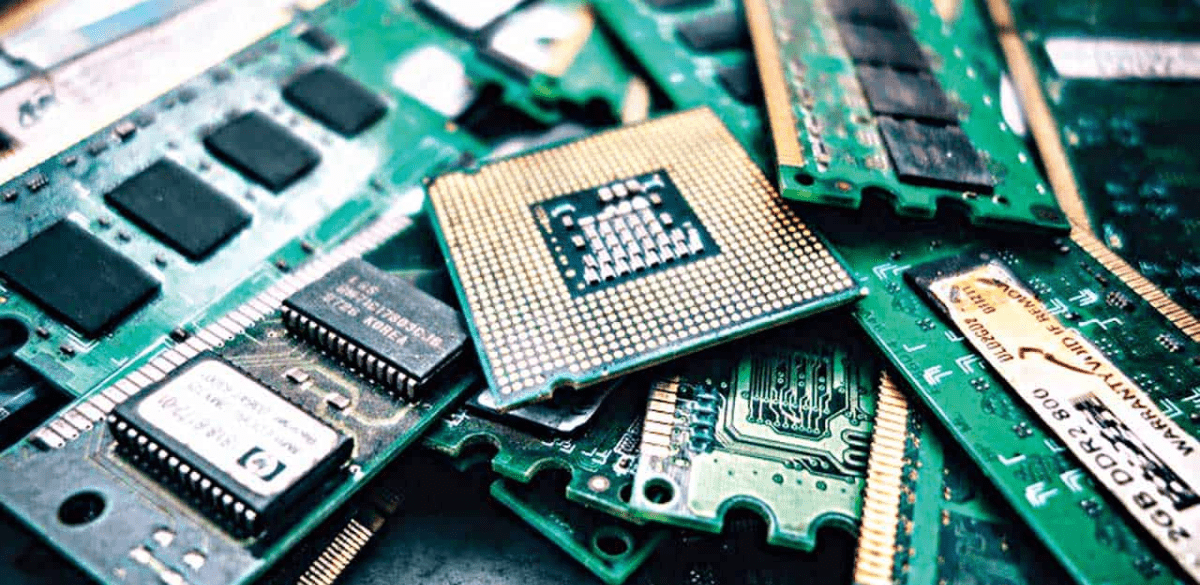
Complex Material Composition
E-waste is composed of a variety of materials, including metals, plastics, and glass, which require specialized recycling processes.
Economic Factors
The cost of recycling e-waste can be high, and in many cases, it is cheaper to produce new electronics than to recycle old ones.
Lack of Awareness and Infrastructure
A lot of people don’t know the right way to throw away their old electronics. Also, there aren’t enough places where you can take your old electronics to be recycled. This makes it hard for people to do the right thing with their e-waste.
How to Start Recycling E-Waste
Assessing Your E-Waste
Begin by taking stock of all electronic items you no longer need or use. This helps you understand the scope of your e-waste and plan for its disposal.
Identifying Recycling Programs
Look for local e-waste recycling programs or drop-off locations. Many municipalities have special collection events or permanent facilities for e-waste.
Preparing E-Waste for Recycling
Remove any personal data from your devices, and separate e-waste into categories such as batteries, small electronics, and large appliances to streamline the recycling process.
Steps to Recycle E-Waste Properly
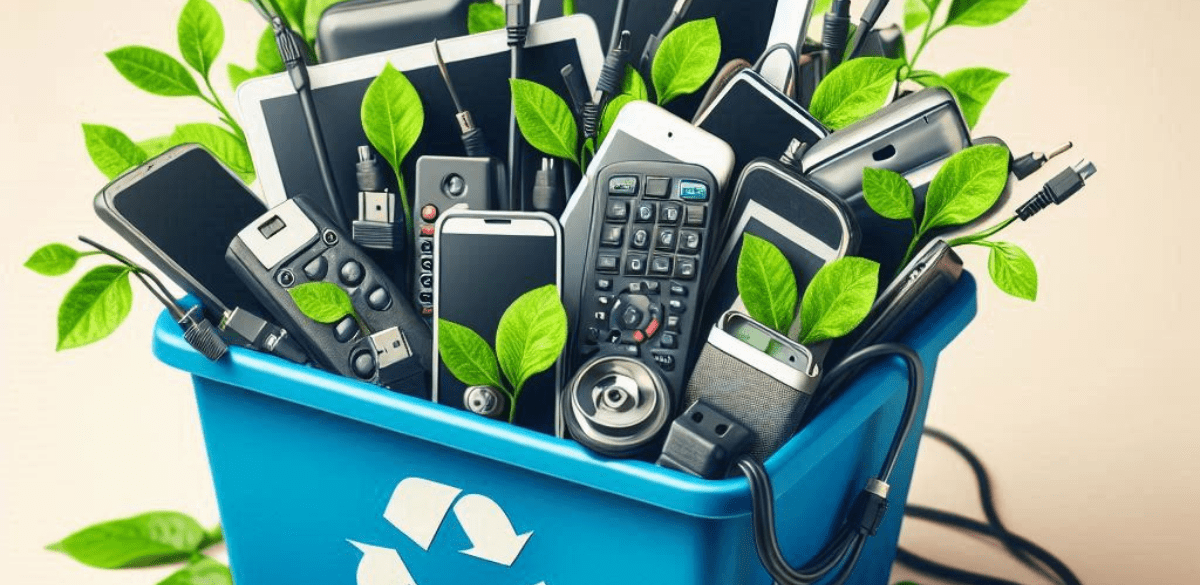
Collection and Storage
Safely store your e-waste in a designated area until you can transport it to a recycling facility. Ensure that items are kept dry and free from damage.
Transportation to Recycling Facilities
Transport your e-waste to an authorized recycling center or utilize services that offer pickup. Some manufacturers also offer mail-in programs for small electronics.
Processing and Material Recovery
At the recycling facility, e-waste is sorted, dismantled, and processed to recover valuable materials. This may involve manual dismantling, shredding, and various chemical processes.
E-Waste Recycling Methods
Manual Dismantling
This involves physically taking apart devices to separate components. It’s labor-intensive but allows for precise recovery of valuable materials.
Mechanical Processing
Using machinery to crush and shred e-waste into smaller pieces, making it easier to sort and recover materials.
Pyrolysis and Hydrometallurgical Processes
Advanced techniques that use high temperatures or chemical solutions to extract metals and other valuable elements from e-waste.
Best Practices for E-Waste Recycling at Home
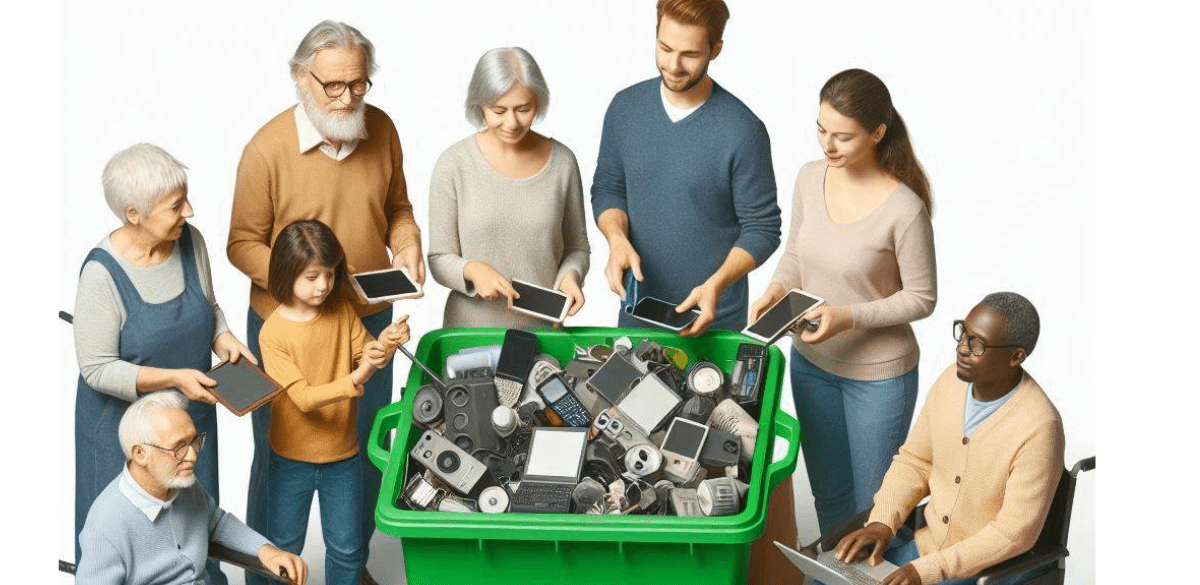
Segregation of E-Waste
Keep different types of e-waste separate to facilitate proper recycling. For example, store batteries separately from other electronics.
Safe Storage Practices
Store e-waste in a dry, cool place to prevent damage and avoid potential hazards like battery leaks.
Avoiding Landfills
Never throw e-waste in the trash. Always use designated recycling methods to prevent environmental contamination.
E-Waste Recycling Regulations and Policies
International E-Waste Regulations
The Basel Convention is a global treaty aimed at reducing hazardous waste movement between nations, particularly from developed to developing countries.
National and Local Policies
Countries have various regulations governing e-waste. For example, the EU has the WEEE Directive, while the U.S. has state-specific laws.
Role of Extended Producer Responsibility (EPR)
EPR policies hold manufacturers responsible for the end-of-life disposal of their products, incentivizing better design and recycling practices.
Innovative Solutions in E-Waste Recycling
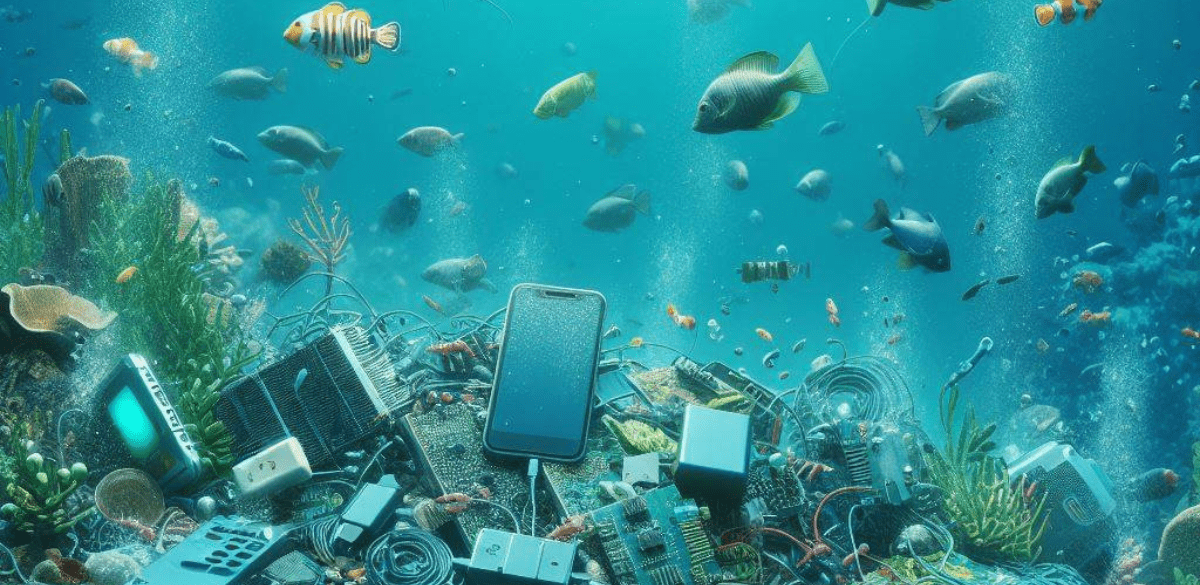
Technological Advances
New technologies are being developed to improve the efficiency and effectiveness of e-waste recycling, such as robotic disassembly and advanced sorting techniques.
Sustainable Design Initiatives
Manufacturers are increasingly designing products with recyclability in mind, using modular designs and fewer hazardous materials.
Circular Economy Principles
Promoting a circular economy where products are reused, refurbished, and recycled to extend their lifecycle and reduce waste.
Future Trends in E-Waste Recycling
Automation and Robotics
The use of robotics in e-waste recycling is increasing, making processes faster and safer.
Improved Recycling Technologies
Advances in technology will continue to enhance the efficiency and effectiveness of e-waste recycling.
Global Collaboration Efforts
International cooperation is crucial for tackling the global e-waste problem, with countries working together to share best practices and technologies.
Conclusion
Recycling e-waste is essential for protecting our environment and conserving valuable resources. By understanding the importance of e-waste recycling and taking actionable steps, we can all contribute to a more sustainable future. Start today by assessing your e-waste, identifying recycling programs, and spreading awareness within your community.
FAQs
What is considered E-Waste?
E-waste includes any discarded electronic or electrical devices, such as smartphones, laptops, televisions, and household appliances.
How can I safely dispose of old electronics?
Safely dispose of old electronics by taking them to a certified e-waste recycling facility, participating in manufacturer take-back programs, or using online recycling services.
Are there any devices that cannot be recycled?
Most electronic devices can be recycled, but some items like non-rechargeable batteries and certain light bulbs may require special disposal methods.
What happens to electronics after they are recycled?
Recycled electronics are dismantled, sorted, and processed to recover valuable materials like metals and plastics, which are then used to make new products.
How can I reduce my E-Waste footprint?
Reduce your e-waste footprint by buying durable products, repairing instead of replacing, donating old electronics, and recycling e-waste properly.
